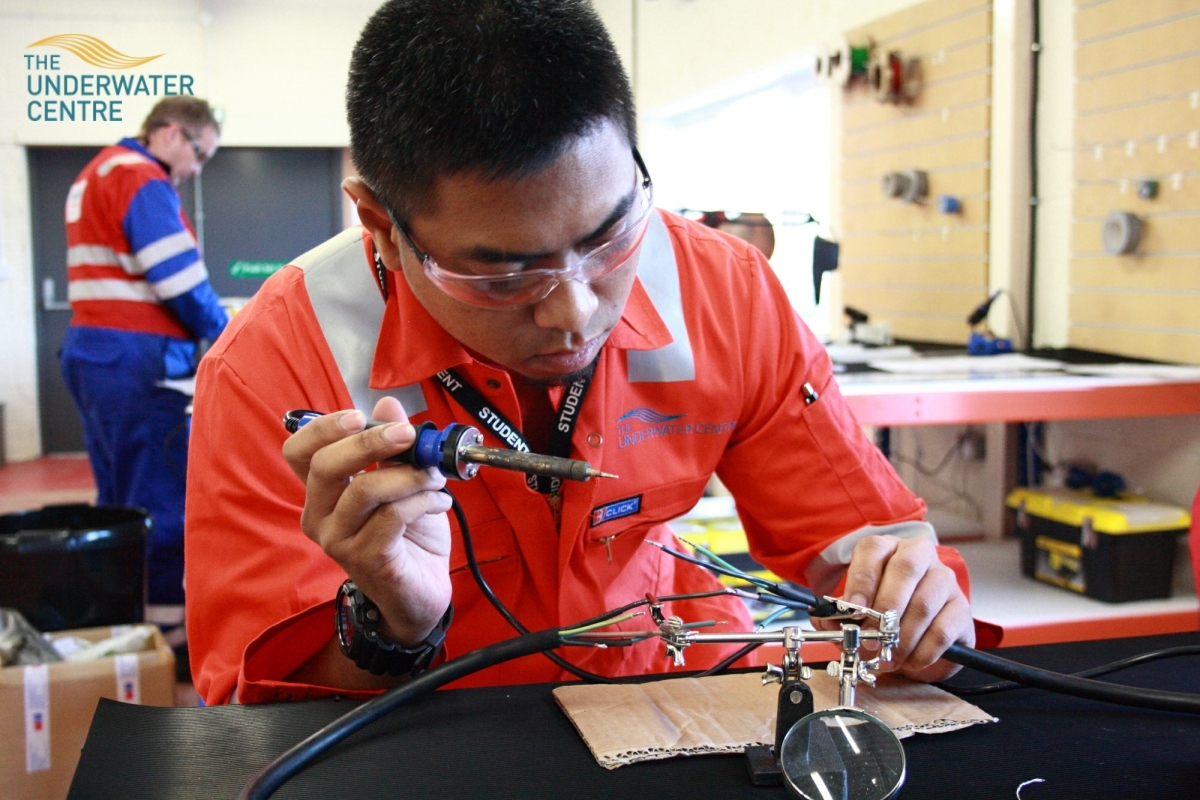A graduate in aerospace electronics was one of the first students to take part in the inaugural training course in work class ROV operations, which was launched by The Underwater Centre in Fort William recently.
Shamsul Bin Haron, a 26-year-old graduate from Singapore Polytechnic, made his first trip to Scotland to join three others on the new Work Class ROV Operations course.
Shamsul is currently working as an ROV Pilot Technician Trainee for ASROV Pte Ltd, a subsidiary of Alliance Seaworks Sdn Bhd, based in Singapore and decided to make the change from aerospace to subsea after seeing ROV documentaries on National Geographic.
“After working in the aviation industry for a couple of years, I decided that it made more sense to change my career path and started researching ROV training after seeing some very interesting documentaries. It was when I was doing this research I first came across The Underwater Centre,” he said.
“I was originally signed up to take part in the ROV Pilot Technician course here at the Centre, but when my boss found out about this new course he felt it would be much more worthwhile for me to sign on to this, as it covers so much more.”
In the first week, the students completed ROV industry familiarisation, which includes working conditions, the work environment and legislation affecting ROV operations. They also began training in ROV Operations, where students were introduced to a wide range of operational procedures and skills. The theoretical training was reinforced with real-world practical activities designed to prepare them for the operation of a work class ROV in the coming weeks.
In week two, the students received practical training in ROV electrical and electronic systems, and the following week they carried out their first ROV flight in open-water
“In our third week, although there has been a lot of information and study involved, the course instructors are very knowledgeable and showed us how we can apply what we learn in the working environment.
“We were able to familiarise ourselves with ROVs and were given the opportunity to take our first flights with an inspection class ROV, before moving on to the work class ROVs.
“I had no prior experience with working on work class ROVs and I believe the course helped me greatly, using the experience and advice of the instructors to help in my everyday role back in Singapore. The course is as close to what I would experience in my working environment and this will give me great confidence in my ability.”
For the remainder of the five-week course, Shamsul and the other students were provided with training in high voltage awareness, working at height, ROV maintenance and an introduction to hydraulics.
The Underwater Centre is a purpose-built training facility, which incorporates an extensive pier complex including four dive stations, classrooms, workshops and decompression chambers.
With accommodation and additional classrooms based at the landward end of the pier, The Underwater Centre is set up to provide its students with the skills and experience to succeed in their new careers, and continue providing the subsea industry with the workforce that it needs.
